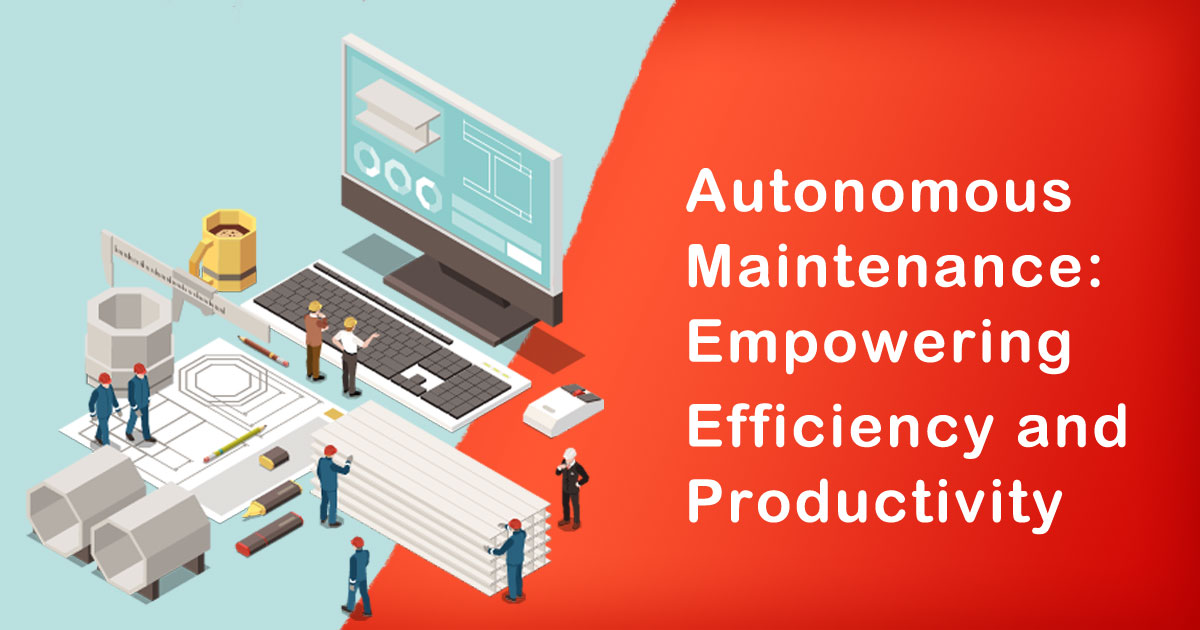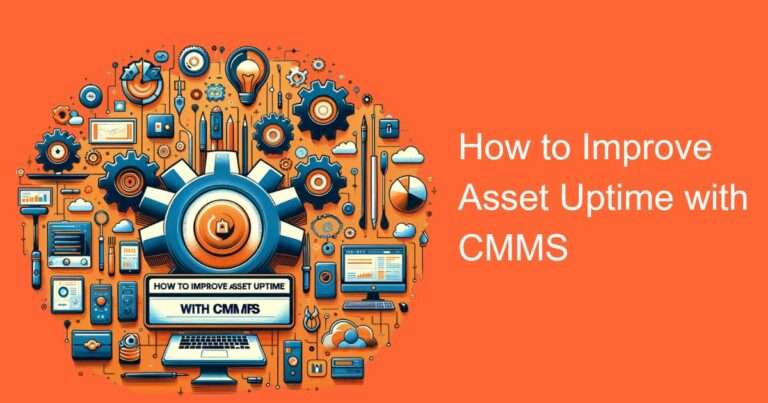Introduction
In today’s fast-paced industrial landscape, organizations across the globe are constantly seeking innovative methods to enhance their operational efficiency and productivity. Autonomous Maintenance (AM) has emerged as a powerful approach that empowers employees to take ownership of their equipment and contribute towards improved overall equipment effectiveness (OEE). In the Indian context, where manufacturing plays a vital role in the economy, the adoption of AM can drive significant gains in productivity, quality, and cost-effectiveness. This editorial delves into the benefits and challenges of implementing Autonomous Maintenance in India, supported by research and facts.
The Indian Manufacturing Landscape
India is recognized as one of the world’s fastest-growing economies, with a robust manufacturing sector contributing significantly to its GDP. To sustain this growth, it is imperative to optimize production processes, reduce downtime, and enhance the quality of manufactured goods. Autonomous Maintenance can play a pivotal role in achieving these objectives.
What is Autonomous Maintenance?
Autonomous Maintenance is a methodology within the broader framework of Total Productive Maintenance (TPM). It involves transferring ownership and responsibility for routine equipment maintenance from specialized maintenance personnel to the operators themselves. By empowering operators to perform basic maintenance tasks, such as cleaning, lubrication, and inspection, AM promotes a proactive approach towards equipment care, thereby reducing breakdowns and increasing overall efficiency.
Enhancing Efficiency and Productivity
1. Reduced Equipment Downtime:
AM enables operators to detect and resolve minor issues before they escalate into major breakdowns. By conducting regular inspections and implementing preventive measures, operators can keep the equipment in optimal condition, thereby minimizing unplanned downtime.
2. Improved Product Quality:
Equipment malfunctions often lead to defects and variations in product quality. AM empowers operators to identify and rectify potential sources of defects, resulting in improved process stability, reduced rework, and enhanced customer satisfaction.
3. Increased Overall Equipment Effectiveness (OEE):
OEE is a key performance metric that measures the effectiveness of equipment in terms of availability, performance, and quality. AM helps maximize OEE by reducing equipment breakdowns, optimizing production speeds, and minimizing defects.
Challenges in Implementing Autonomous Maintenance in India
1. Cultural Mindset:
In many Indian manufacturing organizations, the prevailing culture often emphasizes the separation of roles between operators and maintenance personnel. Shifting towards AM requires a cultural shift where operators embrace maintenance responsibilities willingly.
2. Training and Skill Development:
Implementing AM necessitates equipping operators with the necessary technical skills and knowledge. Organizations need to invest in comprehensive training programs to build the competence and confidence of operators to perform maintenance tasks effectively.
3. Management Support:
The successful implementation of AM requires commitment and support from top management. Leaders must actively promote and communicate the benefits of AM, allocate necessary resources, and create a conducive environment for change.
Successful Case Studies in India
1. Tata Motors:
Tata Motors, a leading Indian automotive manufacturer, implemented Autonomous Maintenance across its production facilities. The initiative resulted in a significant reduction in equipment breakdowns, increased OEE, and improved product quality, leading to enhanced customer satisfaction.
2. Hindustan Unilever Limited:
Hindustan Unilever Limited, a renowned consumer goods company, implemented AM to optimize the performance of its manufacturing lines. The initiative resulted in reduced downtime, increased production capacity, and improved safety levels.
Conclusion
Autonomous Maintenance presents a compelling opportunity for Indian manufacturing organizations to enhance their efficiency and productivity levels. By empowering operators to take ownership of equipment care, AM reduces equipment downtime, improves product quality, and increases overall equipment effectiveness. Although challenges may arise during implementation, successful case studies from India highlight the significant benefits that can be achieved. Embracing AM and fostering a culture of proactive equipment care will be instrumental in driving the growth and competitiveness of the Indian manufacturing sector.






